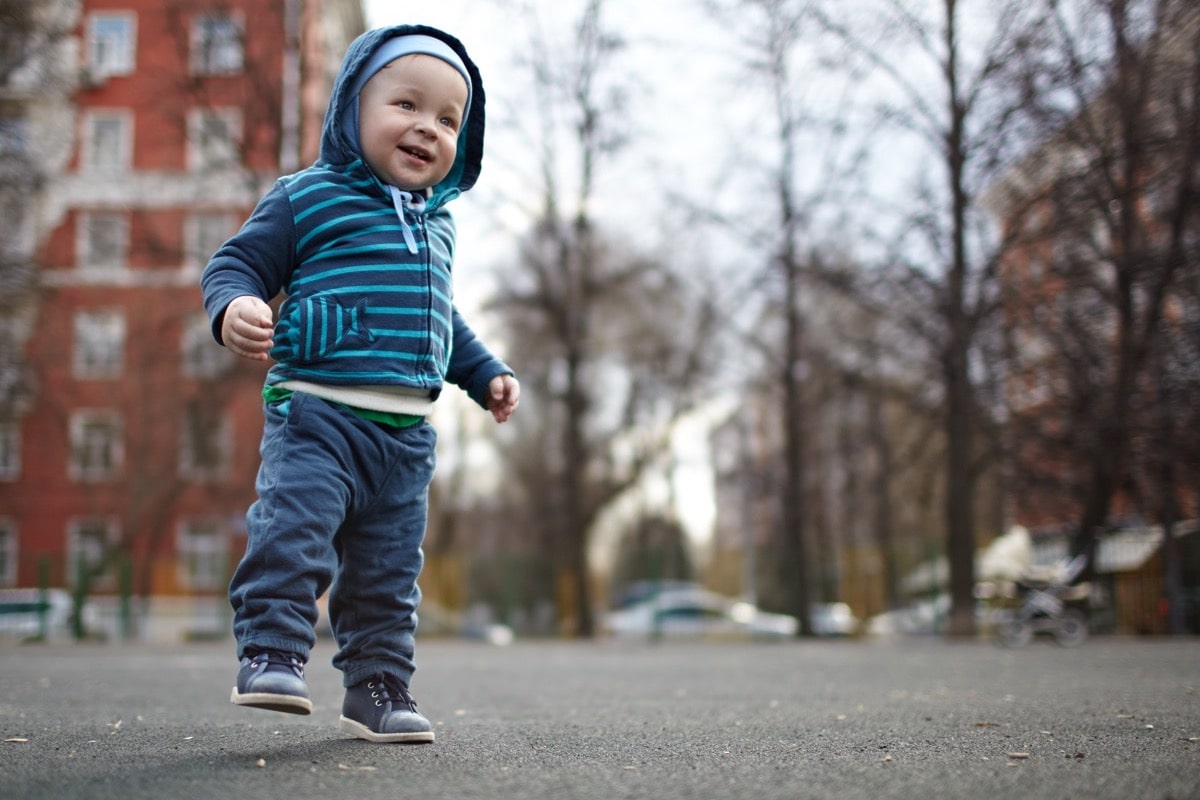The new gait-based biometric security ID technology takes into account various factors of one’s walking pattern, including the length of your stride, how heavy you are, how you move, and how you roll over your feet as you walk

The research team at the University of New Brunswick’s Institute of Biomedical Engineering in Canada, led by project leader Erik Scheme, is testing biometric security technology that verifies an individual’s identity by their walking pattern.
As explained in a Canadian Broadcasting Corporation report, the scientists are using interlocking sensor-enabled tiles that capture information about an individual’s gait – a particular manner of walking. That includes numerous peculiarities such as stride length, walking speed, a person’s weight, walking pattern, foot roll-over, and other connected behaviour.
The technology is still in the trial stage. Scientists have a lot of nuances to study and consider. For example, there are numerous factors which can influence and alter one’s gait. These include age, weight, injuries, footwear, mood, physical state, as well as whether a person is carrying any load or texting on a phone.
Therefore, the team is still conducting thorough research on whether the new biometric technology can correctly distinguish the person’s gait despite all these changes.
The technology is enabled by advanced artificial intelligence (AI) as well as sensor tiles, highly sensitive to pressure. When experiment participants walk over these titles, the technology measures the person’s gait and connects it to their identity, building a really unique biometric profile. Later, the scanned spatial-temporal information can be compared to the existing AI-empowered database.
The tiles are currently being tested in a real-world environment at the Cyber Centre in Fredericton’s Knowledge Park, with volunteer participants. The team believes in its great potential, despite the other existing types of biometric technology, such as fingerprinting and facial recognition.
Thus, Erik Scheme notes that many people see facial recognition as part of their identity being captured and stored. Unlike facial image, footprints are not that unique and would be hard to misuse even if that data gets into wrong hands.
Considering the variety of factors that may influence one’s gait, it may not be considered a sole identification method precise enough to rely on in many cases. However, gait-based ID verification may be efficiently used in multi-factor authentication.
Scheme also pondered over the industries and settings where this technology would make most sense, such as health care facilities or locations where people wear a lot of protective gear or clothing they can’t quickly take off. In these cases, the new biometric technology could provide quick access solutions to restricted areas. However, the actual commercial use of walking-based ID verification is yet hard to be predicted.









